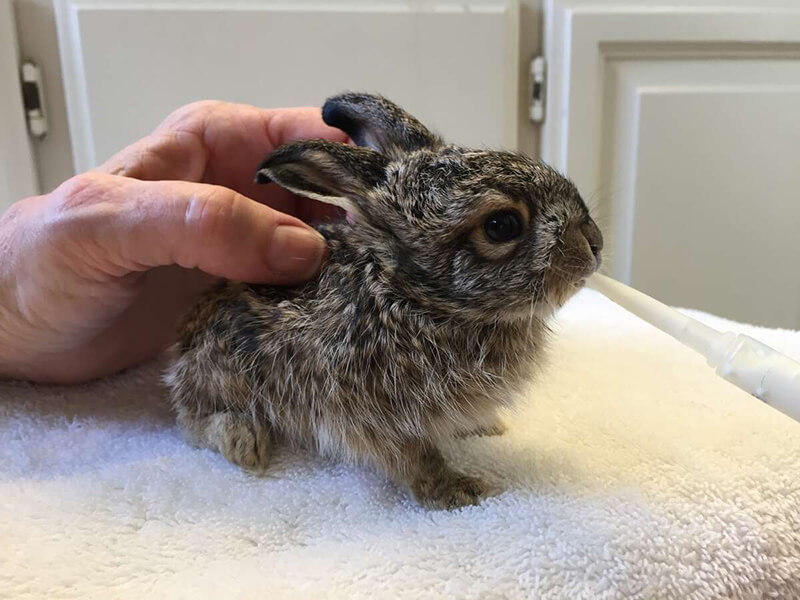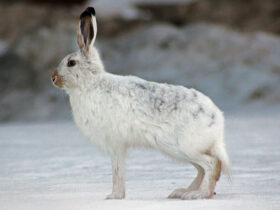Black-tailed Jackrabbit Characteristics
The Black-tailed Jackrabbit, scientifically known as Lepus californicus, is a fascinating creature that stands out with its distinctive features. One of the most notable characteristics of this species is its large, elongated ears that can grow up to 6 inches in length.
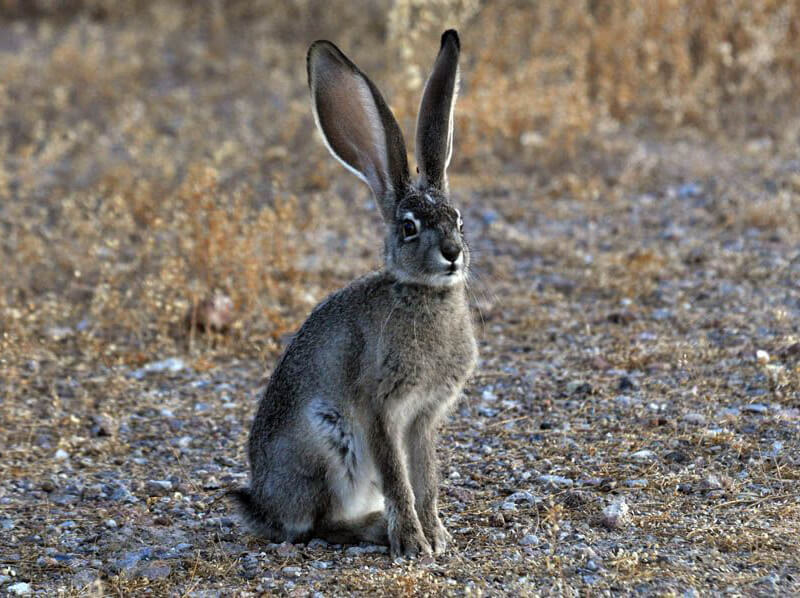
These ears serve a dual purpose – they help regulate the rabbit’s body temperature and enhance their keen sense of hearing, alerting them to potential predators even in the vast landscapes they inhabit.
Temperament
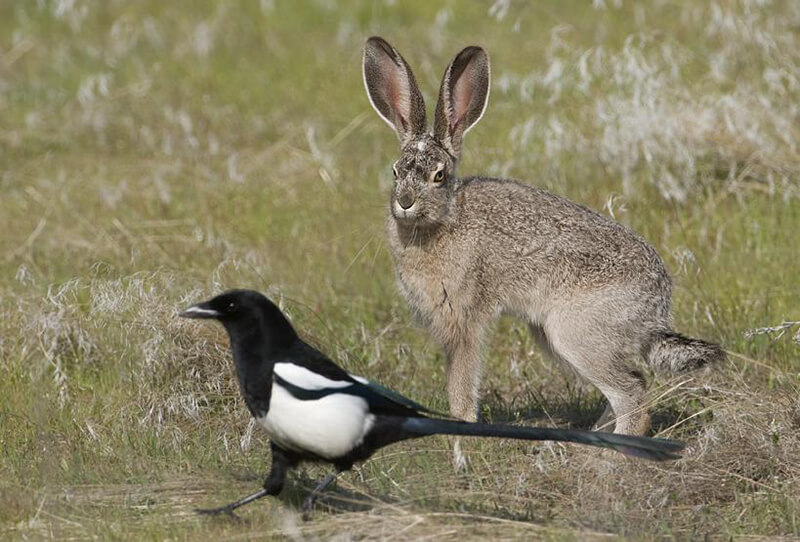
Known for their elusive nature, Black-tailed Jackrabbits have a temperament that reflects their adaptability to their environment. These creatures are primarily solitary, coming together mainly for breeding purposes.
They possess a remarkable ability to blend into their surroundings, utilizing their excellent speed and agility to evade threats. Despite their shy demeanor, they can exhibit bursts of high energy, showcasing their unique behavior of “binkying,” where they leap and twist in the air, expressing their joy and contentment.
Size & Weight

Black-tailed Jackrabbit can reach lengths of up to 24 inches, with their powerful hind legs contributing significantly to their impressive stature. Their lean bodies are designed for swift movement, and their average weight ranges between 3 to 6 pounds.
Colors
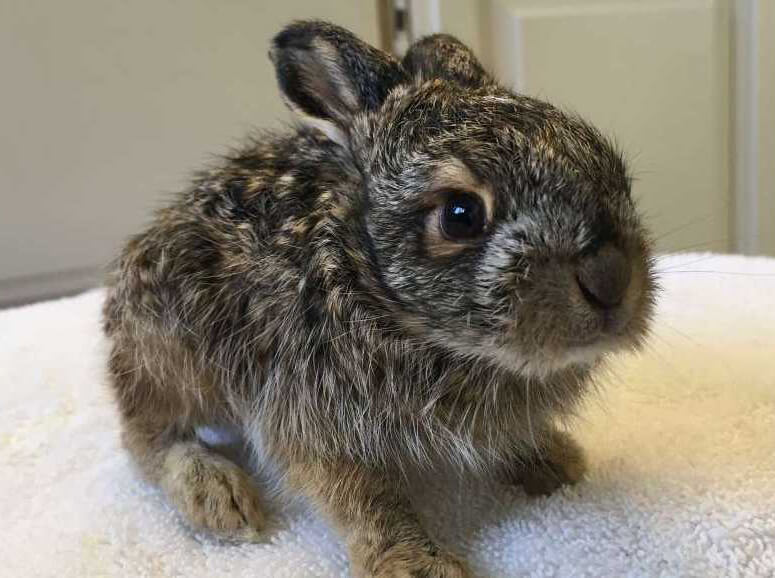
The Black-tailed Jackrabbit boasts a coat that perfectly complements its surroundings. Its fur is predominantly a mix of gray and brown, allowing it to blend seamlessly into the arid landscapes it inhabits. This natural camouflage provides effective concealment from predators and aids in their survival. Their large, dark eyes provide excellent night vision, further enhancing their ability to navigate through dimly lit environments.
Lifespan
While life in the wild can be challenging, the Black-tailed Jackrabbit has adapted well to its environment. On average, they have a lifespan of 3 to 5 years, depending on factors such as predation, food availability, and environmental conditions. Their ability to reproduce relatively quickly contributes to the sustainability of their population, ensuring the survival of this remarkable species.
Ideal Owners
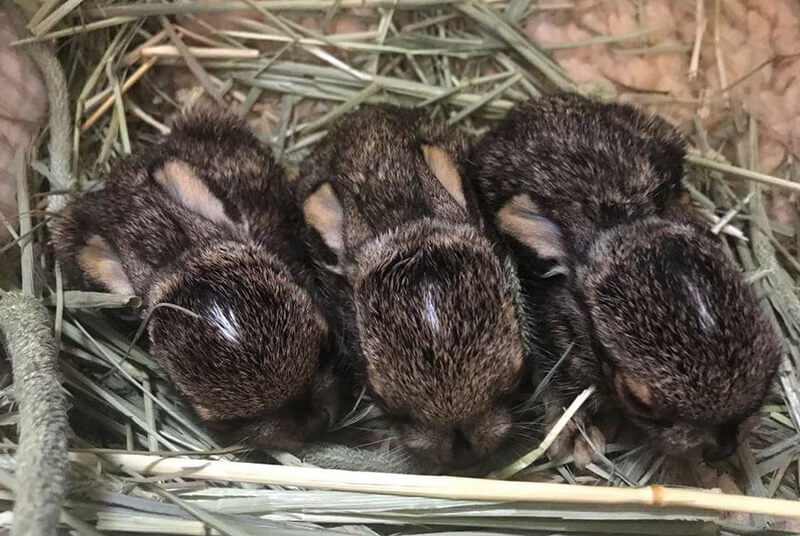
Although primarily wild creatures, some individuals may consider having a Black-tailed Jackrabbit as a unique pet. However, it’s crucial to note that their specific needs and natural behaviors make them more suited for observation in their natural habitat rather than domestication. Their captivating presence in the wild serves as a reminder of the beauty and diversity of the animal kingdom.
History
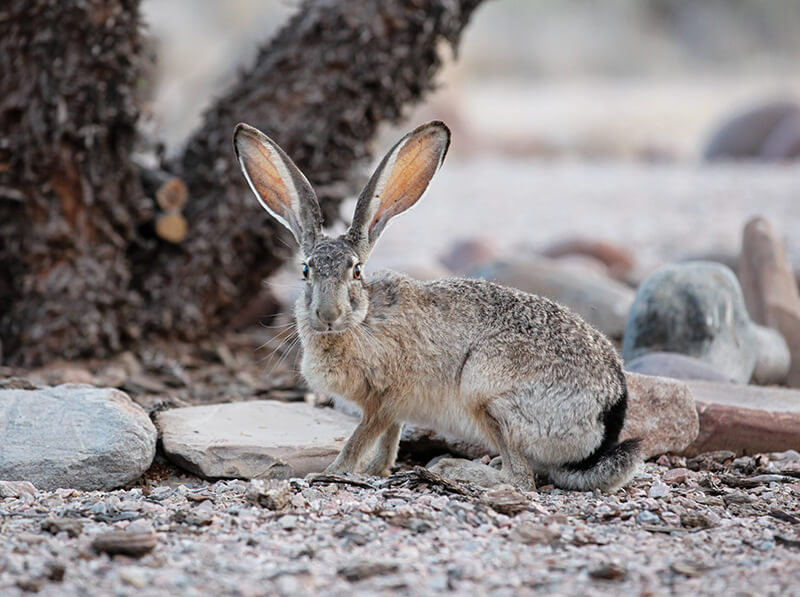
The history of the Black-tailed Jackrabbit is intertwined with the vast landscapes of North America. These hares have existed for centuries, adapting and evolving alongside changes in their environment. They play an essential role in the ecosystem by influencing plant growth through their feeding habits and serving as prey for various predators.
Facts
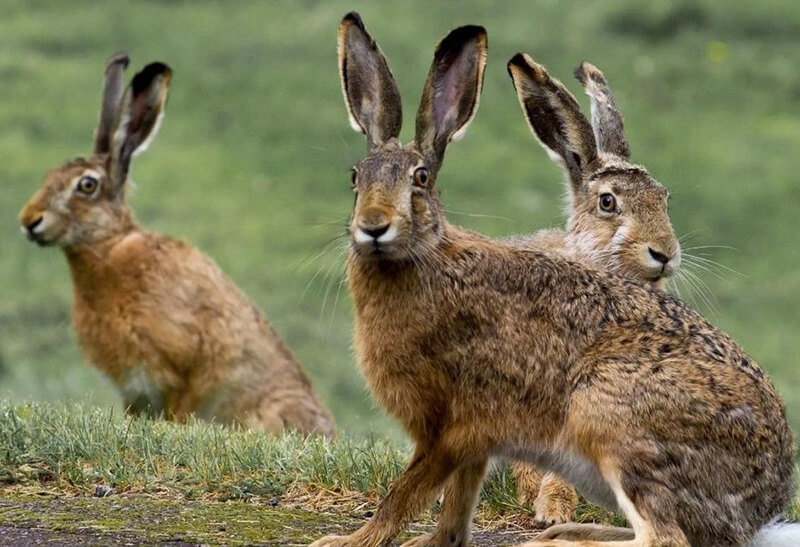
- Hare, not Rabbit: Distinct from rabbits, Black-tailed Jackrabbits are classified as hares due to their larger size and unique behaviors.
- These hares can achieve speeds of up to 40 miles per hour, outpacing many of their predators and showcasing their remarkable agility.
- Thermoregulation Mastery: Their oversized ears play a crucial role in regulating body temperature, efficiently dissipating excess heat to keep them cool in the scorching desert environment.
- Nocturnal Navigators: Black-tailed Jackrabbits possess excellent night vision, enabling them to navigate through low-light environments with ease.
